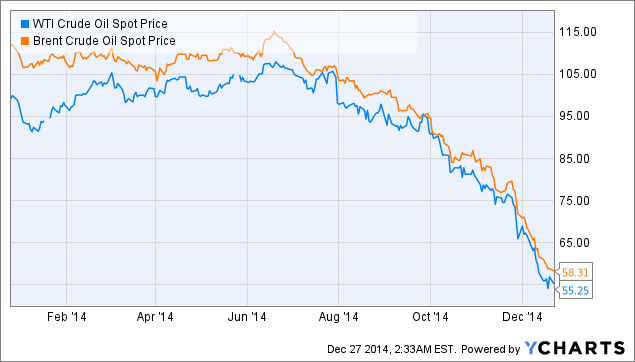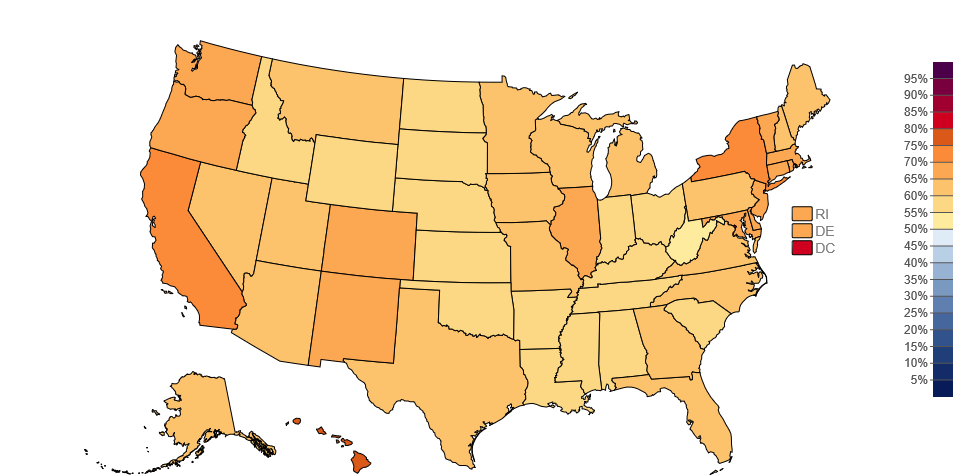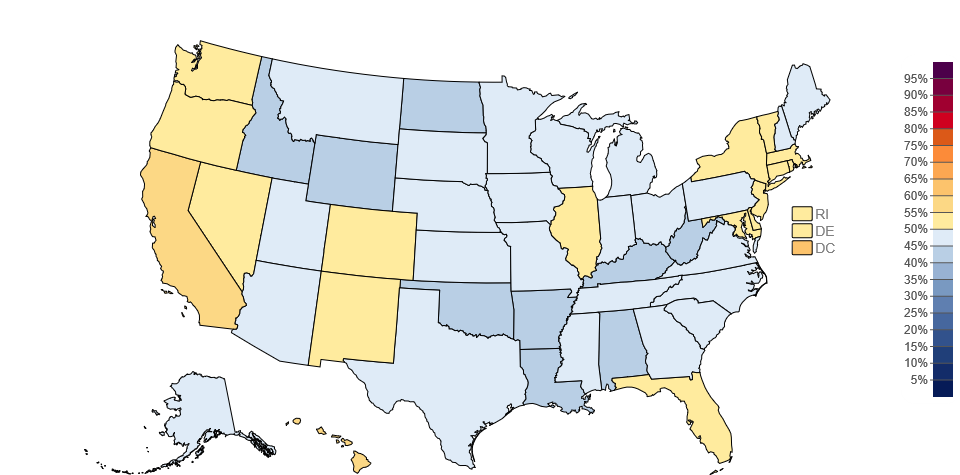Tomorrow is Earth Day and my wife’s birthday – time to celebrate. It’s also time for the spring assessment of the blog. Everything is blossoming around me and seems to be awakening from a very cold winter. Last week I came back from a conference on climate change in Vancouver, British Columbia. I got a magnified view of Canada’s stuttering energy transition, which I plan to expand upon in future blogs. In other big news, April 13th was the 70th anniversary of my liberation from Bergen-Belsen and the nightmares of the Holocaust, by soldiers from the 30th Division of the American Army. I have just returned from a reunion in Nashville, Tennessee with these soldiers. Frank Towers, the man who organized it, is approaching his 98th birthday; all of the other soldiers are in their late 80s or early 90s. Time for a new generation to take over.
A slew of important global developments in energy transition took place this month, several of which I will likely cover here in the near future. One of the biggest factors in the present state of the global energy transition has been the recent sharp decrease in the price of fossil fuels. The price decrease is shown in Figure 1.
 Figure 1 – Recent sharp decrease in global oil prices
Figure 1 – Recent sharp decrease in global oil prices
One might think that with such a shocking decline in the price of oil and other fossil fuels, the transition to non-fossil energy sources is dead for the foreseeable future, yet an article by Tom Randall forces us to think again. Here are some sections from this article with a figure that tells it all:
Fossil Fuels Just Lost the Race Against Renewables
This is the beginning of the end.by Tom Randall
The race for renewable energy has passed a turning point. The world is now adding more capacity for renewable power each year than coal, natural gas, and oil combined. And there’s no going back.
The shift occurred in 2013, when the world added 143 gigawatts of renewable electricity capacity, compared with 141 gigawatts in new plants that burn fossil fuels, according to an analysis presented Tuesday at the Bloomberg New Energy Finance annual summit in New York. The shift will continue to accelerate, and by 2030 more than four times as much renewable capacity will be added.
“The electricity system is shifting to clean,” Michael Liebreich, founder of BNEF, said in his keynote address. “Despite the change in oil and gas prices there is going to be a substantial buildout of renewable energy that is likely to be an order of magnitude larger than the buildout of coal and gas.”
The price of wind and solar power continues to plummet, and is now on par or cheaper than grid electricity in many areas of the world. Solar, the newest major source of energy in the mix, makes up less than 1 percent of the electricity market today but could be the world’s biggest single source by 2050, according to the International Energy Agency.
The question is no longer if the world will transition to cleaner energy, but how long it will take.
 Figure 2 – Recent developments and projections of global energy use.
Figure 2 – Recent developments and projections of global energy use.
True or not – it remains to be seen, but in the face of the recent changes in the price of fossil fuels, such trends are providing strong hope that the world is making real progress in confronting climate change.
Another recent development that provides great hope for successful mitigation is a recent polling effort by Yale University about American attitudes towards climate change. They investigate 15 indicators and present the results on four different levels: national, state, congressional districts, and counties. On the question of belief that global warming is happening, 63% of adult Americans polled answer in the positive. Breakdown on the states level is shown in Figure 3. On the question of whether global warming is mostly caused by humans, 48% of adult Americans polled answer in the positive. The distribution by state is shown in Figure 4.
For me, the conclusion from this work is clear: the belief that Americans are sharply polarized on climate change is a myth. Sure, there are differences in opinion, but the belief that these differences sharply distribute themselves between red states and blue states is simply not supported by the data.
 Figure 3 – State distribution of belief that global warming is happening
Figure 3 – State distribution of belief that global warming is happening
 Figure 4 – State distribution of belief that global warming is mostly caused by humans
Figure 4 – State distribution of belief that global warming is mostly caused by humans
On another note, in my last assessment, I included an update on my readership/ social media progress, so I will do so again here. On Twitter, since January 6th, I have gained 87 followers (bringing my total to 311). I also had 459 link clicks, 14 mentions and 20 retweets. This is all readily accessible information. On Facebook, in the same time period, my page got an additional 12,148 impressions from 8,859 users.
On my blog itself I’m happy to report that I’ve had had 1,219 visits from 515 unique computers, 425 of them new visitors. To those of you reading, I thank you and (as always) welcome your comments.

In the period of solar, wind and other low-cost, in terms of production of energy, is highly developed and shall demand, as people begin to think about over environmental pollution, are beginning to use alternative forms of enehriyi, which in most cases is much cheaper than minerals (coal, oil, etc.) The future of alternative energy sources.
Focusing on the use of fossil fuels is not the best idea right now because the fossil fuels is the most causative for the climate change. Moreover, the use of clean energy is easier, cheaper and saver.
regarding to the article” Fossil Fuels Just Lost the Race Against Renewables
This is the beginning of the end.”by Tom Randall, decreasing in global oil price is considered as positive index for clean environment in the future, that’s decline in prices will lead people to think again about using renewable energy(solar, wind,..) rather than fossil fuel(coal, oil and natural gas). now it is the time to think seriously about improving of using alternative resources in order to avoid or at least mitigate negative implications of the the use of fossil fuel such as global warming.
Regarding my recent comment to the article by Randall, in which I noted that there is a theory by Thomas Gold that oil and gas may NOT really be}”fossil” fuels, but rather were formed with the Earth (and other planets) (Gold’s Hypothesis), here are a couple of websites that give additional information on this theory:
en.wikipedia.org/wiki/Abiogenic)_petroleum_origin
https://answers.yahoo.com/question/index?qid=20090408131300AAsVGOD
Gold also theorizes that since they were formed with Earth (abiogenically), there may be so much more of them in the Earth that they should be considered renewable rather than non-renewable ( even so, even if this were true, they still damage the environment)!
There’s no denying that climate change can affect many countries and especially even worse third-world countries. The decline in nuclear energy, coal, CO2 emission and gas provides a safer environment and by this solar energy and wind energy will be the most reliable energy source by 2050. However, we depend on oil and gasoline for most non-electric cars/jeeps. Fortunately, electricity and wind-powered cars are being tested and produced. By this, we’ll have to change everything that uses non-clean energy such as transportation [e.g. buses] Also, IPAT details out CO2 emission, fossil fuels, energy, population, and GDP.
The decreasing of oil price cause by increase the shifting to renewable energy which is more efficient, low price, and less c02 emissions. However, the production and consumption will not stop because the economics sustainability of some countries depend on oil and fusil fuel export.
If we do not underestimate our use of fossil fuels during the next 10 -20 years, it will be difficult to reduce the side effects related to climate change . Our use of clean energy will take us to a clean environment even if it take a lot of time.
A Global Transition to Renewable Energy Will Take Many Decades” this report was written By Vaclav Smil and this is part of it :
from 1990 to 2012 the world’s energy from fossil fuels barely changed, down from 88 to 87 percent. In 2011 renewables generated less than 10 percent of the U.S. energy supply, and most of that came from “old” renewables, such as hydroelectric plants and burning wood waste from lumbering operations. After more than 20 years of highly subsidized development, new renewables such as wind and solar and modern biofuels such as corn ethanol have claimed only 3.35 percent of the country’s energy supply.
Regarding the article about Fossil Fuels by Randall,—most people don’t know this, but oil (petroleum) may NOT actually be a”fossil fuel”!
Fossil fuels are believed to have formed by burial and decay of prehistoric plants and animals—this is how most scientists believe oil, coal, and natural gas were formed. But another scientist by the name of Gold says otherwise, at least for oil, and possibly natural gas/methane. He says that these may have actually been formed with the earth/solar system and are NOT derived from past life! This is called Gold’s Hypothesis. He cites a number of reasons to support his theory, such as (among others) that methane is found and plentiful on the surface or atmosphere of many of the outer/gas giant planets; oil wells that have dried up often contain more oil at greater depths and they eventually rise to refill dried up wells, and that oil could not form by sedimentation and burial at these great depths; oil is found in volcanic areas instead of exclusively sedimentary regions, and the isotopic signature of carbon in oil differs from the isotopic carbon signatures of living organisms, such as more carbon- 13. I’ll come back to this soon with references .